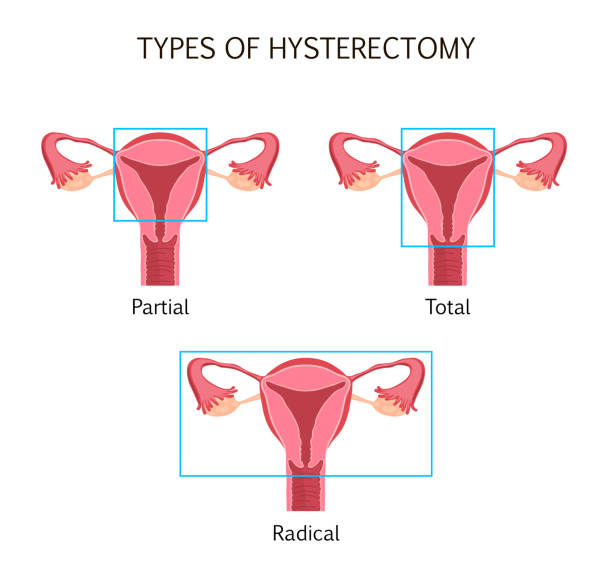Back
Unraveling Hysterectomy's Impact on Pelvic Health: Can Pelvic Floor Therapy help after Hysterectomy?
By Shannon Strauch, PTA, STMT-1 on 10/5/2023

A hysterectomy is a significant surgical procedure that can have a profound impact on a person's life, particularly when it comes to pelvic health. Whether you've recently undergone a hysterectomy or are considering one in the near future, understanding the importance of pelvic floor therapy in the recovery process is crucial. In this blog post, we'll explore the relationship between hysterectomy and pelvic floor therapy, providing you with valuable insights and guidance on how to ensure a smooth and healthy recovery.
Understanding Hysterectomy:
There are varying levels to hysterectomies and what is removed. A partial hysterectomy is the surgical removal of the uterus, while the cervix and other reproductive organs are left intact. A total hysterectomy includes the removal of the cervix with the uterus. In a radical hysterectomy, the full uterus and cervix are removed, the upper portion of the vagina, as well as the ovaries and fallopian tubes. With the removal of the reproductive organs, this can cause changes in hormones that can affect the whole body. performed for various reasons, including managing conditions like uterine fibroids, endometriosis, adenomyosis, and certain types of cancer.
Post-Hysterectomy Changes:
A hysterectomy can lead to several physiological changes within the pelvic region. These changes can include alterations in pelvic organ positioning, hormonal fluctuations, and potential weakening of the pelvic floor muscles. Understanding these changes is the first step in recognizing the importance of pelvic floor therapy.
The Role of Pelvic Floor Therapy:
Pelvic Floor Physical Therapy plays a pivotal role in the recovery process following a hysterectomy. Here's how:
Pelvic Floor Assessment: A qualified pelvic floor therapist will conduct an assessment to evaluate the strength and function of your pelvic floor muscles. This assessment helps identify any issues or weaknesses that may have arisen due to the surgery.
Pelvic Floor Exercises: Based on the assessment findings, your therapist will develop a personalized exercise plan tailored to your specific needs. These exercises aim to strengthen and support the pelvic floor muscles, which can help prevent issues like pelvic organ prolapse and urinary incontinence.
Pain Management: Pelvic floor therapy can also address any post-operative pain, swelling or discomfort you may experience. Therapeutic manual therapy techniques, visceral mobilizations, and lymphatic drainage can help alleviate pain and improve overall comfort.
Bladder and Bowel Function: Some individuals may experience changes in bladder or bowel function after a hysterectomy. Pelvic floor therapy can provide strategies and exercises to help regain control and improve these functions.
Benefits of Pelvic Floor Therapy After Hysterectomy
:Improved pelvic floor muscle strength and stability
Reduced risk of pelvic organ prolapse
Enhanced bladder and bowel control
Alleviation of post-surgical pain and discomfort
Enhanced overall quality of life and well-being
Incorporating pelvic floor therapy into your post-hysterectomy recovery plan is a wise decision. It can significantly improve your overall pelvic health, reduce the risk of complications, and enhance your quality of life. If you've recently undergone a hysterectomy or are planning to, contact us at Pelvic Health to create a tailored treatment plan that addresses your unique needs and concerns. Remember, prioritizing your pelvic health is essential for a healthier and happier future
Read More:
Fascial Counterstrain of the Musculoskeletal System By Shannon Strauch, PTA, STMT-1 on 10/21/2024 How treating cartilage and fascia can help reduce joint pain and improve organ function The Impact of Long-Distance Cycling on the Pelvic Floor: Pudendal Nerve and Pelvic Dysfunction By Dr. Christine Martirez PT, DPT on 10/18/2024 Learn how long distance cycling can impact the pelvic floor
Are you ready to live pain free?
Request An Appointment